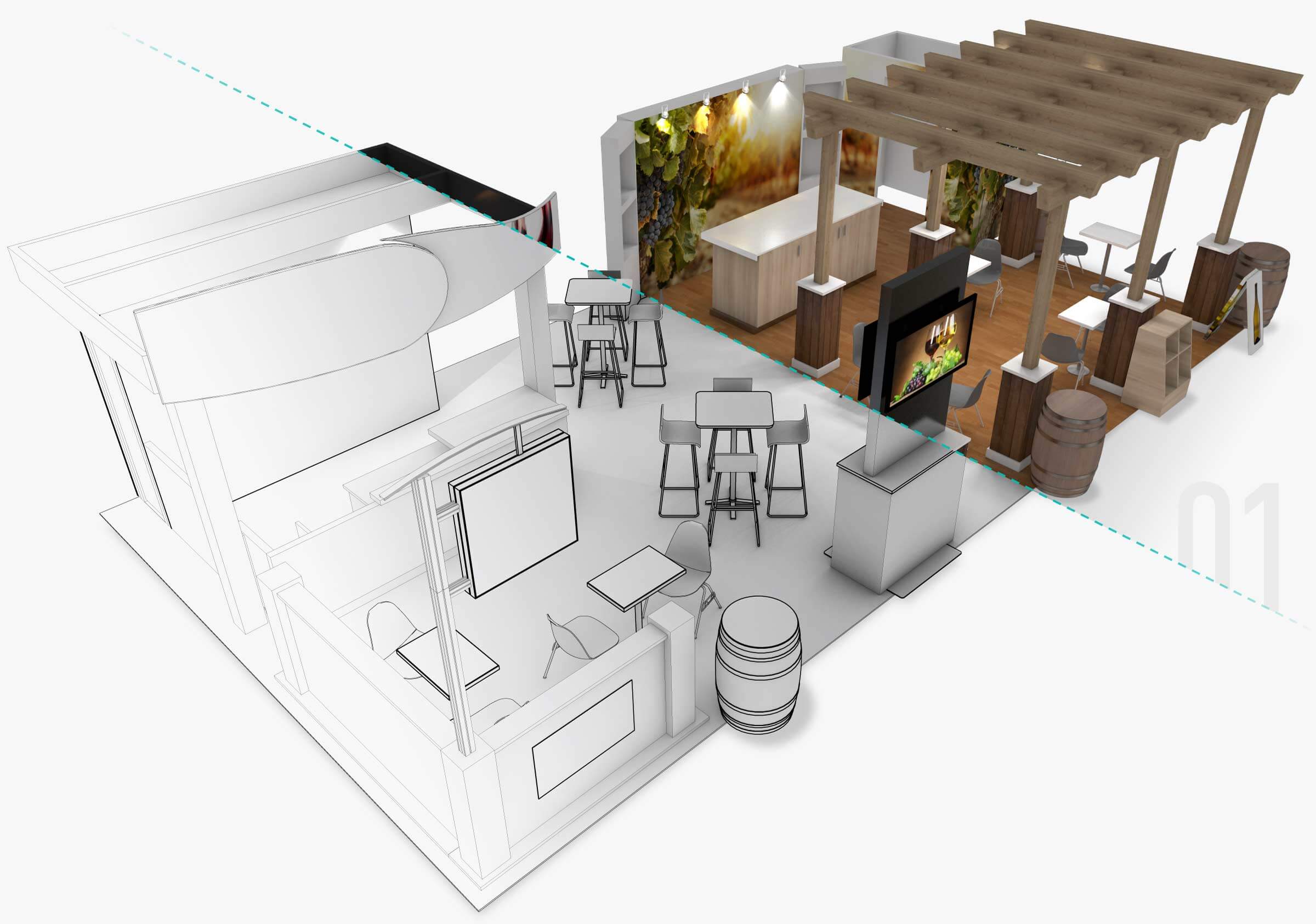
In the fast-changing world of interior design, 3D rendering has become an important tool for turning creative ideas into real-life experiences. 3D rendering for interior design projects is changing how designers and clients work together to make their ideas come to life, especially in Singapore, where making the most of space and making it look good are very important.
The term “3D rendering” refers to the use of special software to make photorealistic pictures or animations of rooms. This method lets designers make very detailed and accurate drawings of rooms, furniture, lighting, textures, and color schemes before they start building anything. So, stakeholders can look at different design options, think about how the space will be used, and make decisions with confidence.
There are many benefits to using 3D rendering for interior design projects in Singapore. Because of the city’s unique architectural styles and small living spaces, new ideas are needed that make the most of space without sacrificing style. Designers can try out different layouts and materials with 3D rendering to make sure that the final design fits Singaporean homes and businesses’ unique features.
3D rendering also makes it easier for designers and clients to talk to each other. It’s common for traditional 2D drawings or sketches to not fully show a design idea, which can lead to misunderstandings and expensive changes. 3D renderings, on the other hand, give you a realistic picture of the mood and flow of a project in space. Clients know exactly what to expect, which makes them happier and less anxious.
3D rendering speeds up project timelines and makes designs more accurate. Designers can quickly make changes to and create visualizations based on feedback from clients or new needs. This flexibility speeds up the approval process and makes it possible to finish interior design projects on time in Singapore’s fast-paced market.
Sustainability is another important thing to think about. Designers can use 3D rendering to see how natural and artificial light will look, which helps them make the most of energy and the environment. This fits with Singapore’s growing commitment to building green and developing cities in a way that is good for the environment.
In short, 3D rendering is an important tool for interior design projects in Singapore. It gives designers a chance to show off their creativity, makes it easier to communicate clearly, and helps with project management. As technology keeps getting better, using 3D rendering will always be important for creating great interior design solutions that fit Singapore’s changing lifestyle and architecture.